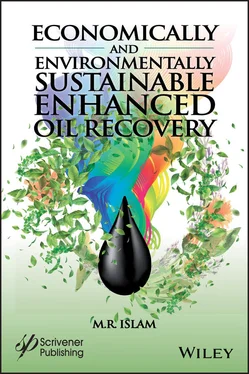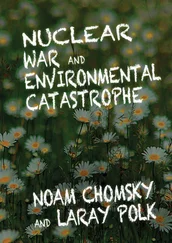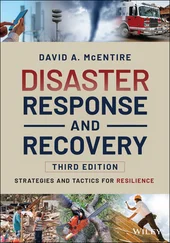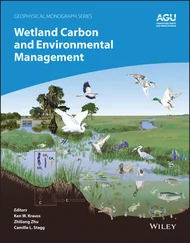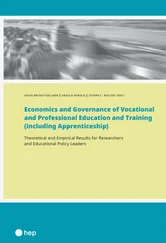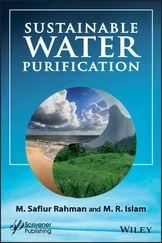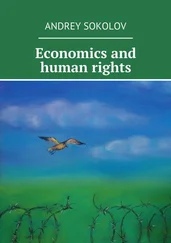(2.4) 
This involved one step less than the preceding process and moreover utilized as a source of magnesium chloride the waste mother liquor, “bittern,” which is the waste of brine after production of common salt and is rich in magnesium chlorides, sulfates, bromides, iodides, and other chemicals present in the original sea water. This process was introduced commercially by the well-known hydrometer inventor, Antoine Baume, only a year after the establishment of the Gravenhorst factory, and we have a circumstantial account of his works written in 1776, while it was still in operation.
As per New Science, sulfur is the tenth most abundant element in the universe, has been known since ancient times. Table 2.4 Shows abundance numbers for various elements in the universal scale. On earth, this scenario changes. Table 2.4 lists the most abundant elements found within the earth’s crust.
Table 2.4Abundance number for various elements present in the universe (from Heiserman, 1992 and Croswell, 1996).
| Element |
Atomic number |
Mass fraction, ppm |
Abundance (relative to silicon) |
| Hydrogen |
1 |
739,000 |
40,000 |
| Helium |
2 |
240,000 |
3,100 |
| Oxygen |
8 |
10,400 |
22 |
| Neon |
10 |
4,600 |
8.6 |
| Nitrogen |
7 |
960 |
6.6 |
| Carbon |
6 |
1,090 |
3.5 |
| Silicon |
14 |
650 |
1 |
| Magnesium |
12 |
580 |
0.91 |
| Iron |
26 |
10,900 |
0.6 |
| Sulfur |
16 |
440 |
0.38 |
Wexler (2014) points out that the use of sulphur has been popular since the ancient Greek period in production of chemical ‘weapon’. As early as 420 BC, toxic aerosol was created with natural pitch and sulphur powder. This tradition was continued by the Roman, who often added other natural chemicals to increase the deadly effect of the toxic cloud. Similarly, Both ancient Chinese and Indian cultures used sulphur for warfare. They, however, added combustible chemicals, such as explosive saltpeter or nitrate salts, and/or a variety of plant, animal, or mineral poisons, such as arsenic and lead, in making smoke and fire bombs. In even the new world and in India, the seeds of toxic plants and hot peppers have been in use to rout attackers (Wexler, 2014).
When it comes to using sulphur for material processing or medicinal needs, Muslim scientists of the medieval era are the pioneers (Islam et al ., 2010). As pointed out by Norris (2006), the Sulfur–Mercury theory of metal composition by these scientists is paramount to understanding sustainable material processing. This theory is in the core of the so-called exhalation theory that includes continuous transition between solid and gaseous phases. Norris (2006) identified the main strengths of the mineral exhalation theory as compositional flexibility and upward mobility: the mixing of protometallic vapours, which could vary compositionally and react with other mineral matter during their movement through subterranean regions, seemed sufficient for producing a plurality of metals and ores. The Muslim scientists considered metals to be of composite material. Among their most important conceptual advances in this field is the idea that metals, and many minerals, are composed of compositional principles likened to sulfur and mercury. In this theory, the Sulfur generally corresponds to the dry and solid qualities of a metal, while the Mercury provides the moisture and metallic character. It has been suggested that the Sulfur–Mercury theory may have been derived by generalising the process by which cinnabar congeals when sulfur and mercury are combined under appropriate conditions (Principe, 1998). These substances, often referred to as “sophic” or “philosophic” sulfur and mercury in later literature, were hypothetical materials qualitatively. This term is no longer in use. In the New Science era, the focus has been on tangible aspects and materials are characterized based on their tangible features, irrespective of the source of the material (Islam, 2014). Khan and Islam (2012) introduced the Avalanche theory that leaves room for counting all entities in a material. Islam (2014) extended that theory and introduced the galaxy theory that includes the entire history of the individual ‘particles’ within any material body. It was a restoration of original theory developed by Muslim scholars of the medieval era and a departure from the ‘science of tangibles’ that has dominated the New science, which emerged from sixteenth and seventeenth centuries.
Another possible physical analogue would seem to be the process of smelting sulphide ores, with the consequent generation of sulfurous fumes and earthy dross, and a molten metal considered as a type of mercury. Avicenna (Ibn Sīnā) held a similar view as we know from his work that he considered metallic mercury being “solidified by sulfur vapour”. During his epoch materials were considered to be whole and the elemental consideration was unfathomable. The general theme was material is inherently a composition of various matters and cannot be reconstituted from ‘refined’ materials. The mercury-sulphur theory added to this context the notion that every component nature, irrespective of its physical or external appearance, pays a role in the nature of the final product (Norris, 2006).
This principle also applies to Avicenna’s work that theorize the production of precious metals by combining base metals with various “solidifications” of mercury treated with one or more kinds of sulphur (Newman, 2014). Remarkably, none of the Muslim scholars of that era believed that a scheme outside of natural processes can be initiated, let alone sustained.
Newman (2014) points to another important point. That is material processing and refining were routine except that at no time artificial or synthetic material was used. These processes may appear to be crude or unsanitary in today’s standard, but they were nevertheless wholly organic. For instance, he mentions about the use of vinegar, and sour milk, and goats’ whey, and water of chickpeas and boys’ urine during boiling and sublimation. Avicenna was known to recognize water as the mother material whereas earth materials were today’s equivalent of catalysts. For instance, quicksilver is considered to be composed of a watery moisture united with a subtle earth. Avicenna had described this inherent earth within mercury as being “sulphurous.” As discussed in previous sections, this characterization amounts to the intangible designation, the term ‘intangible’ covering trace elements as well as vapour phase. When this principle is applied to say, heating cinnabar in a current of air and condensing the vapour, the following equation emerges in conventional sense. The equation for this extraction is
(2.5) 
In this equation, Σ contains information regarding intangibles (called ‘sulphurous’ by Avicenna)
In true scientific form, this equation should be written as
(2.6) 
Читать дальше
